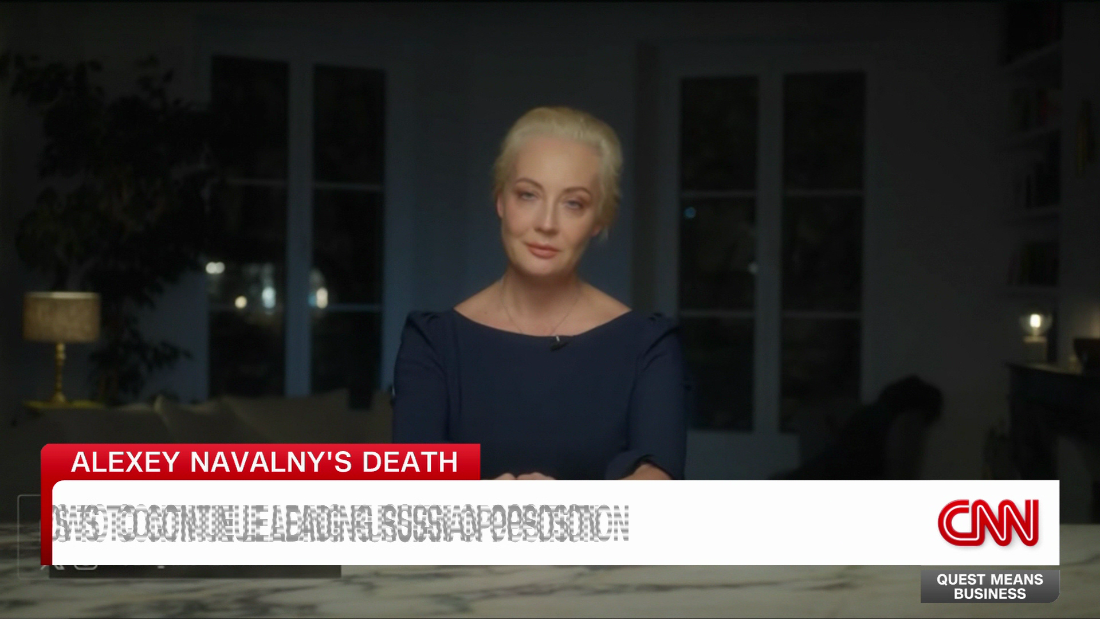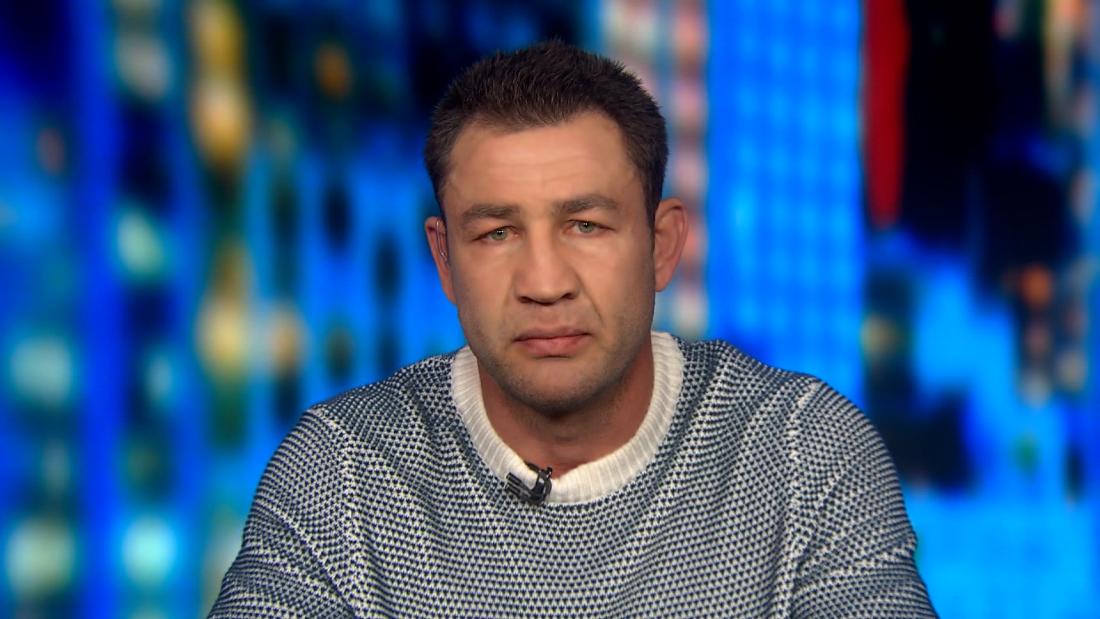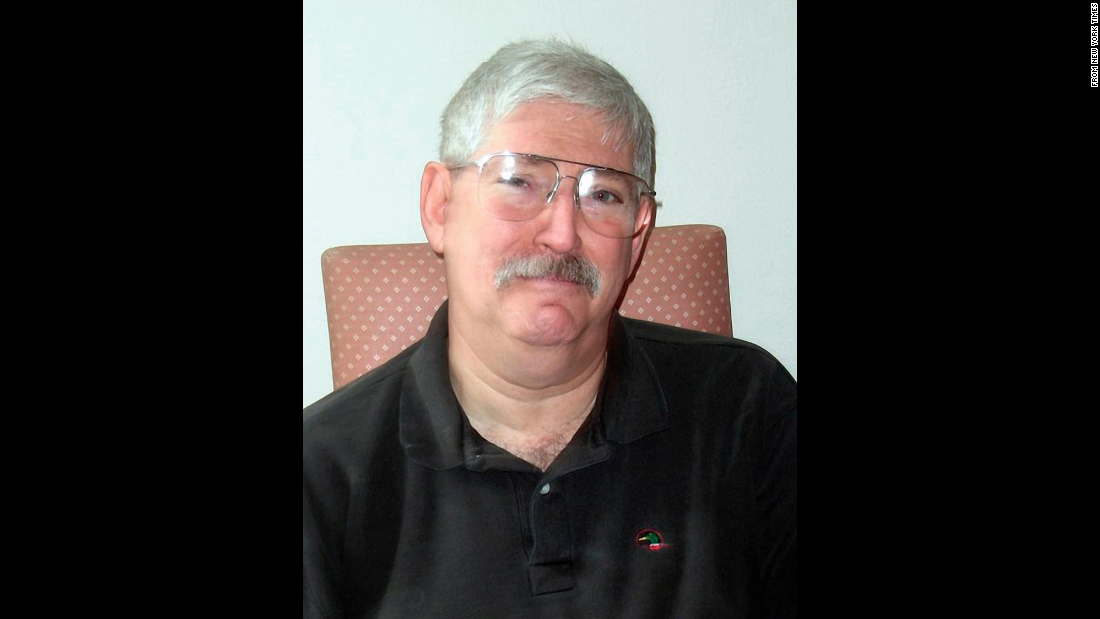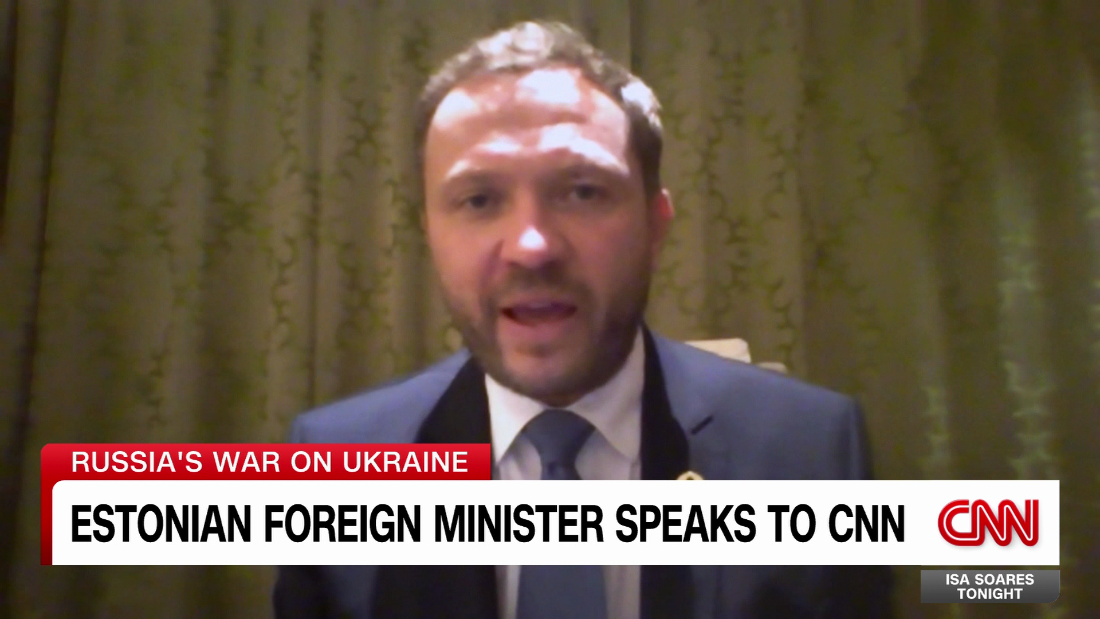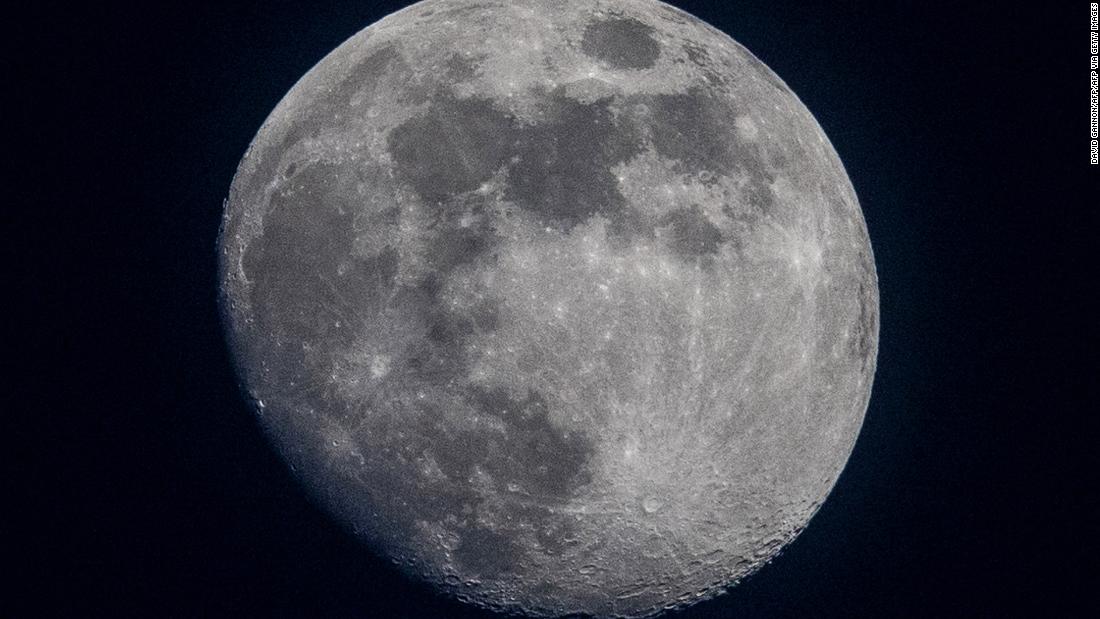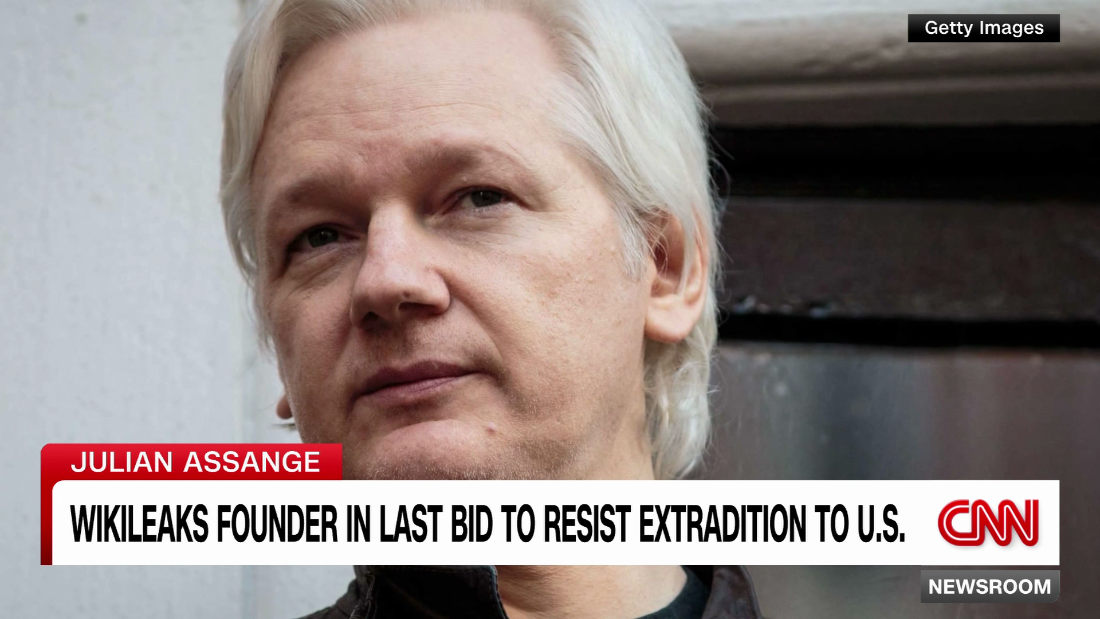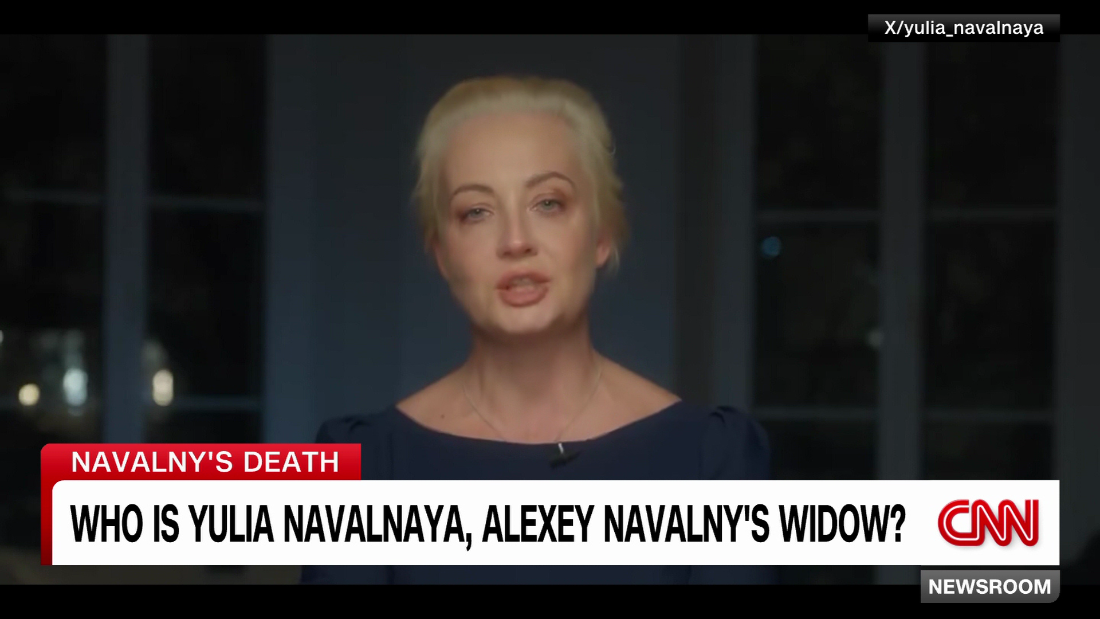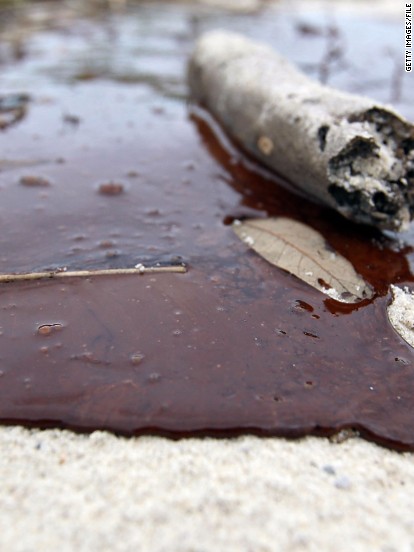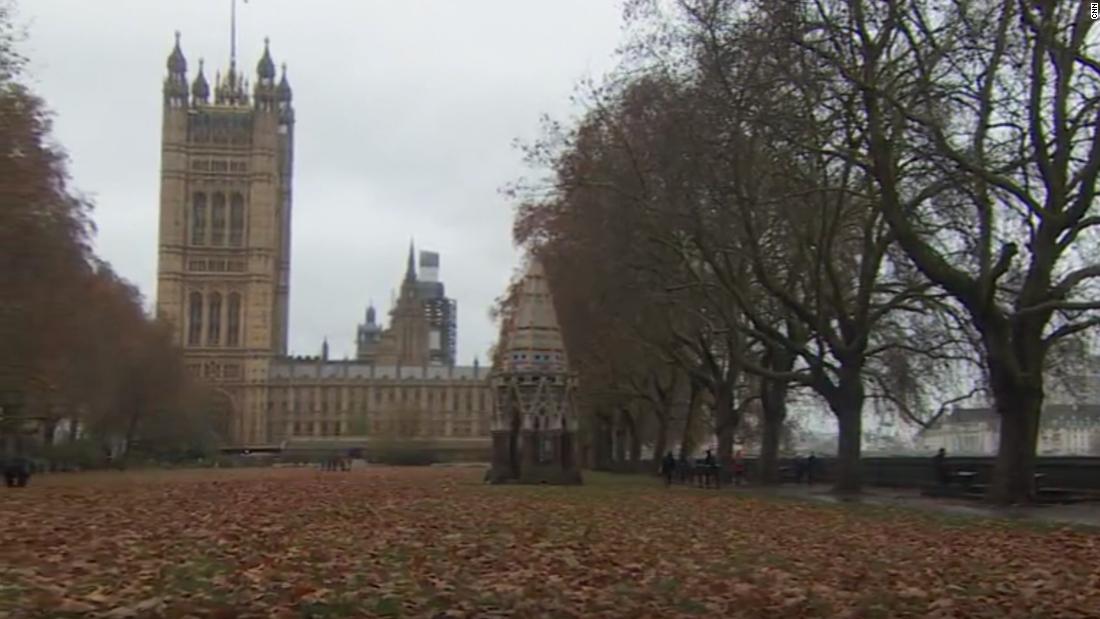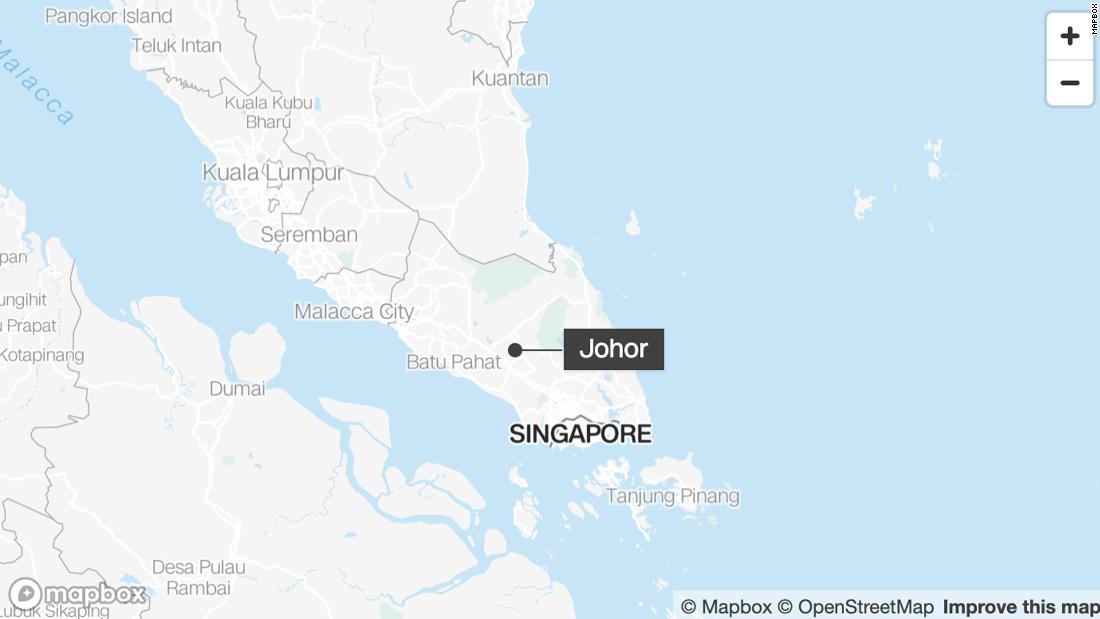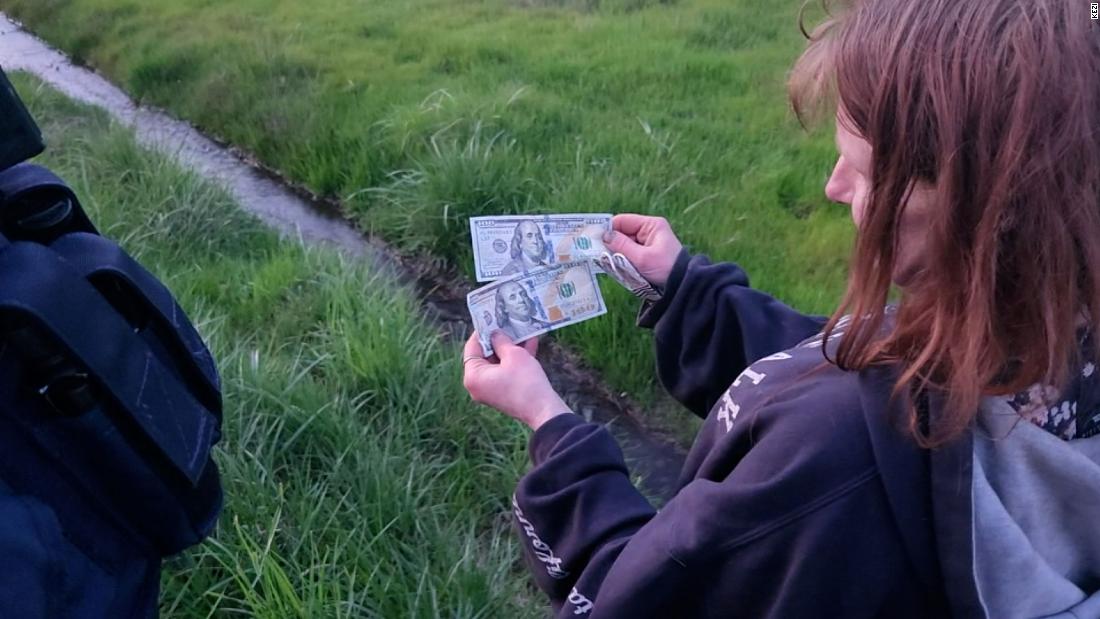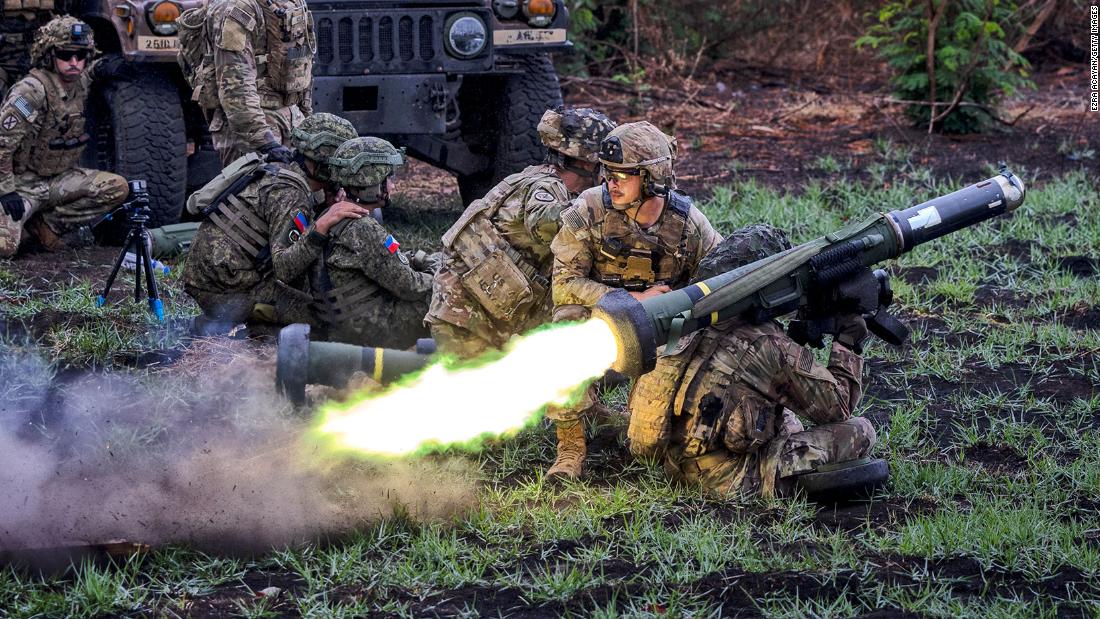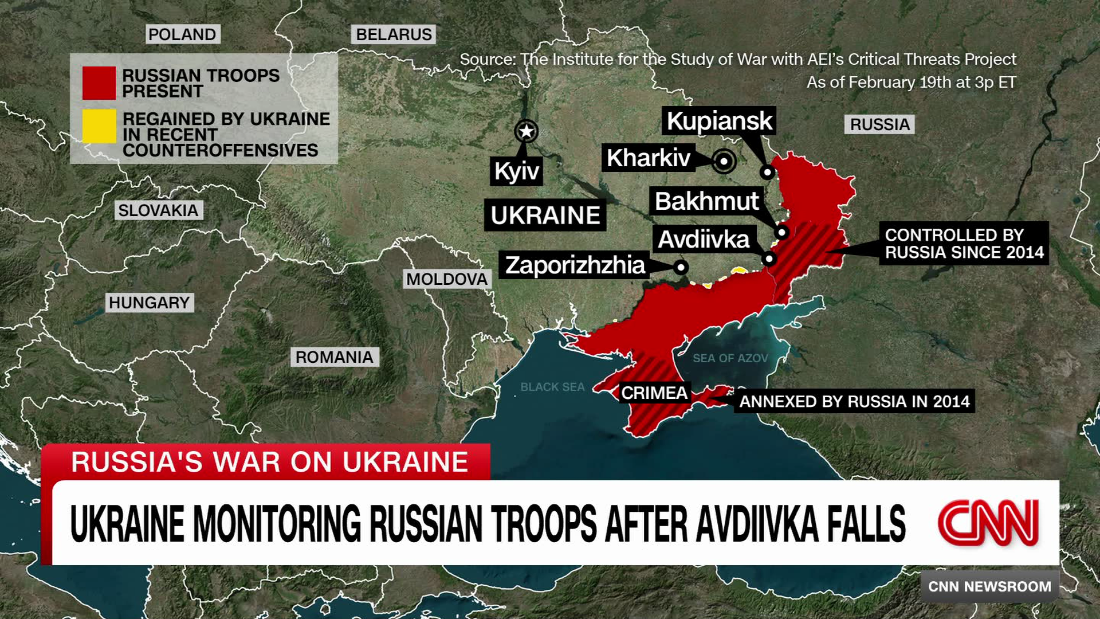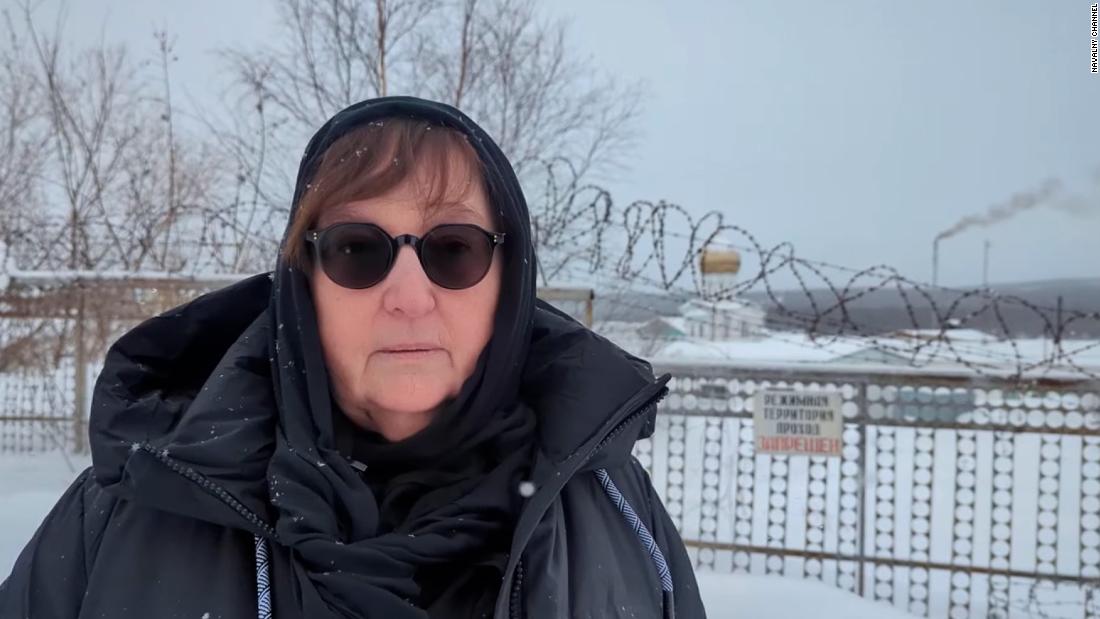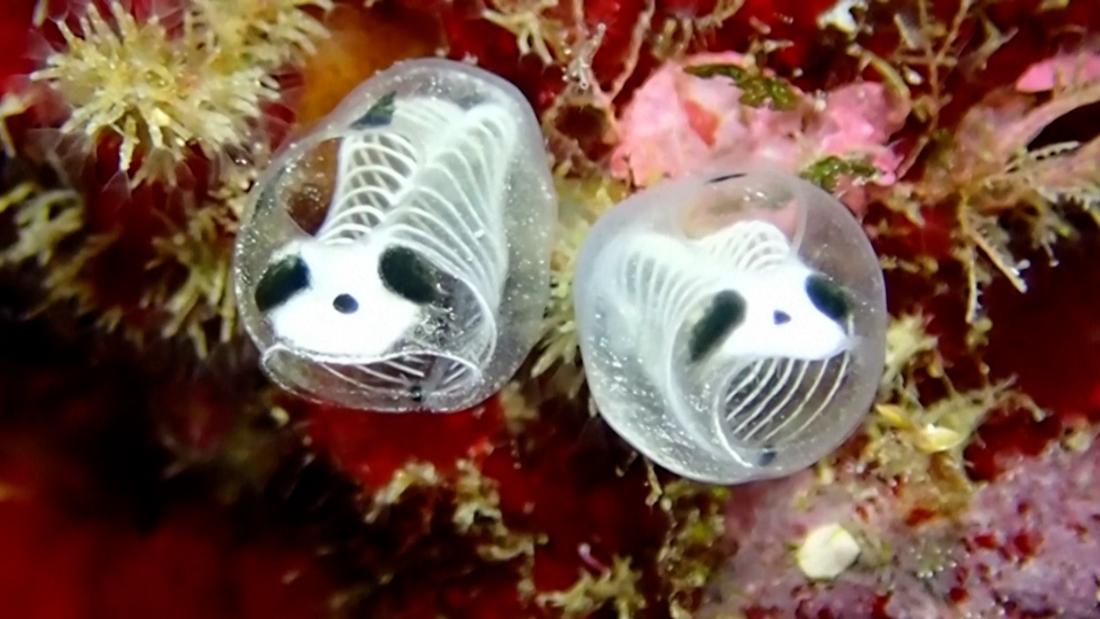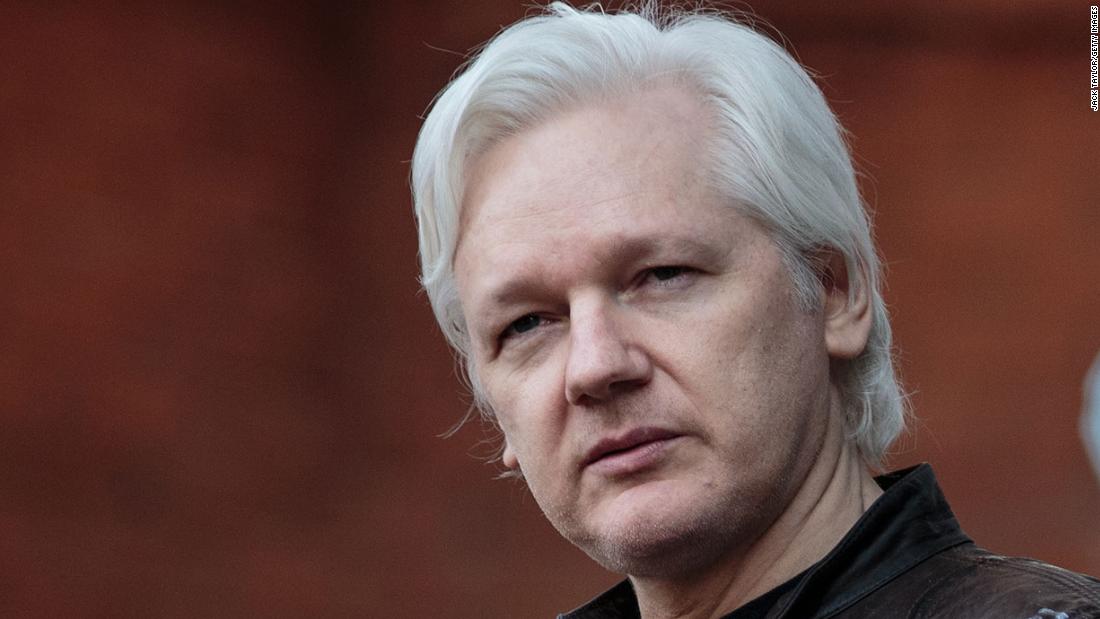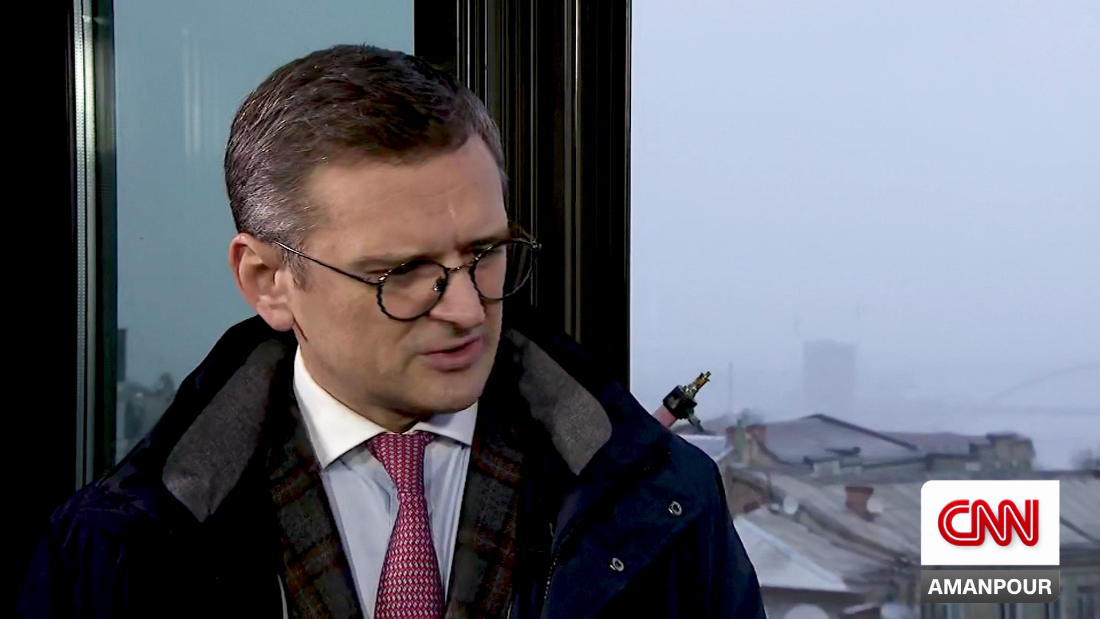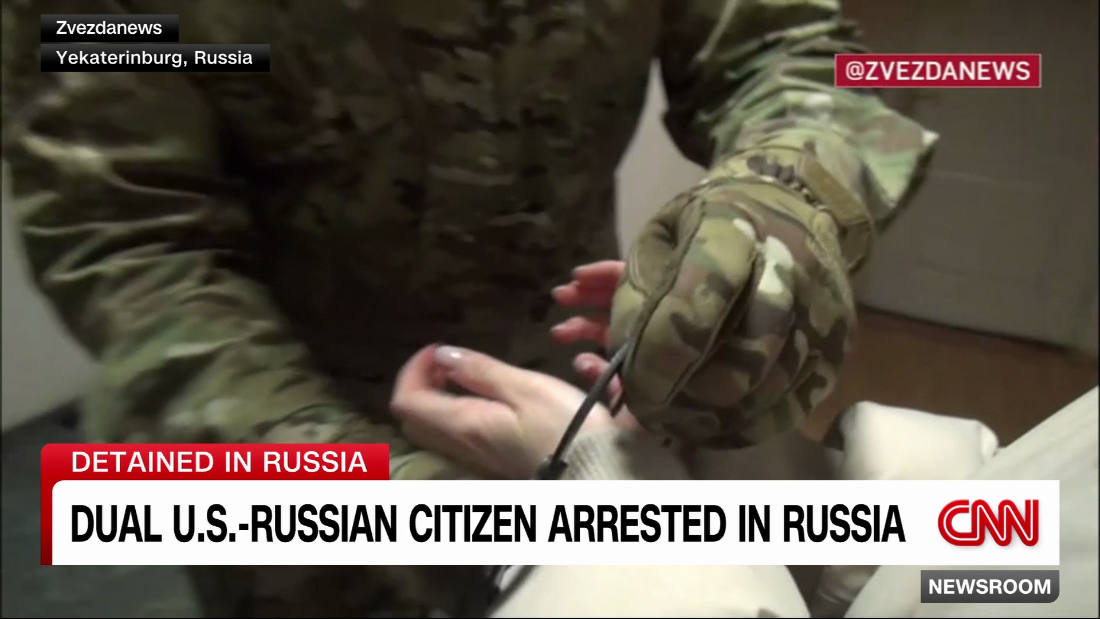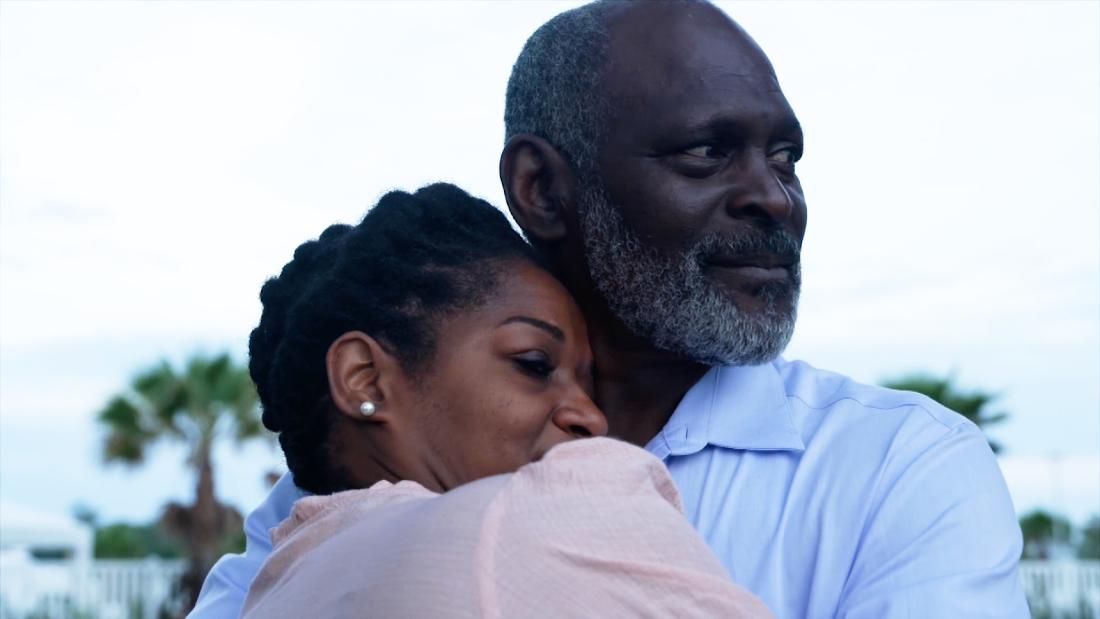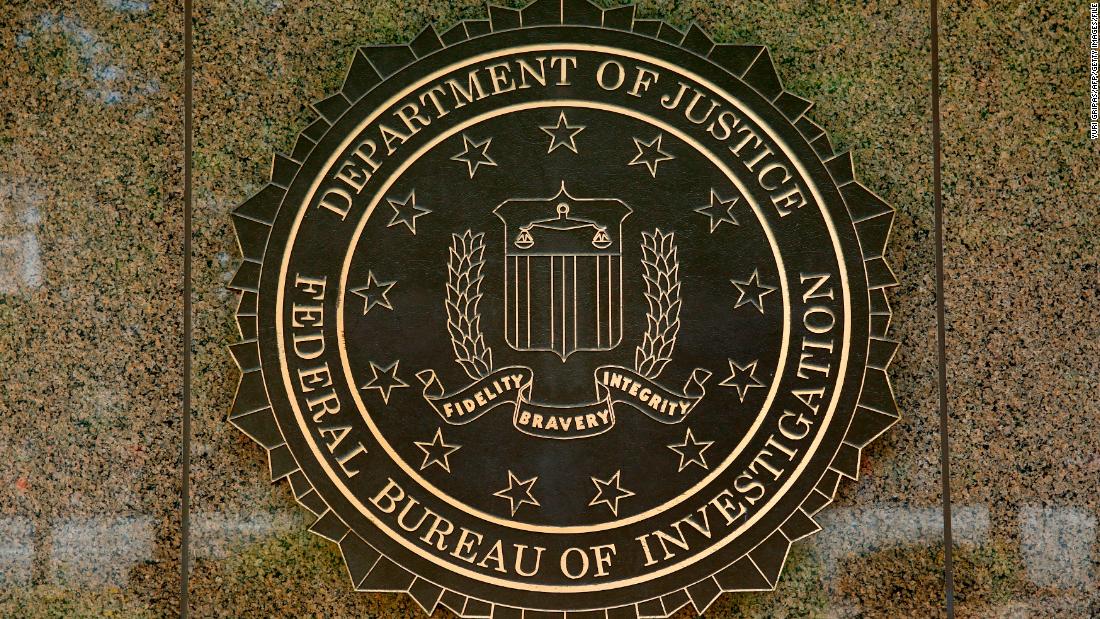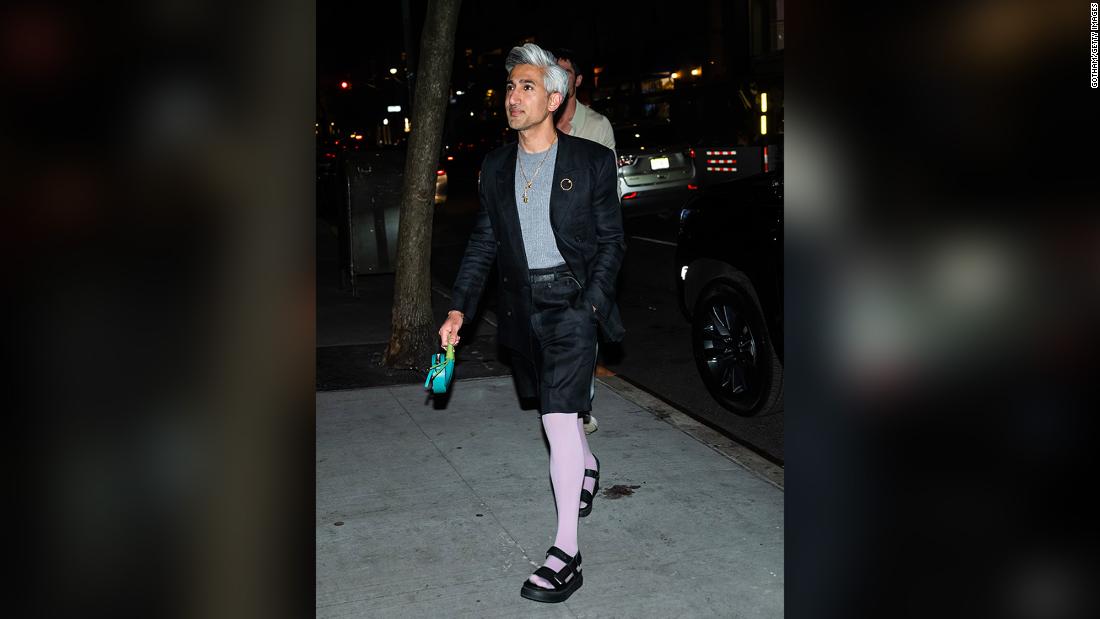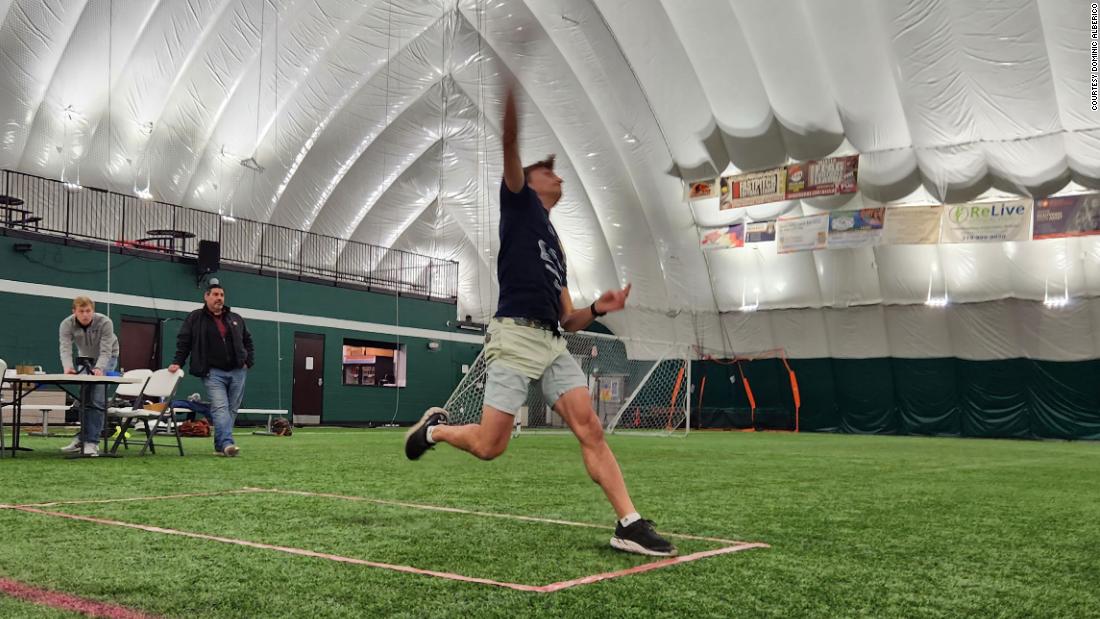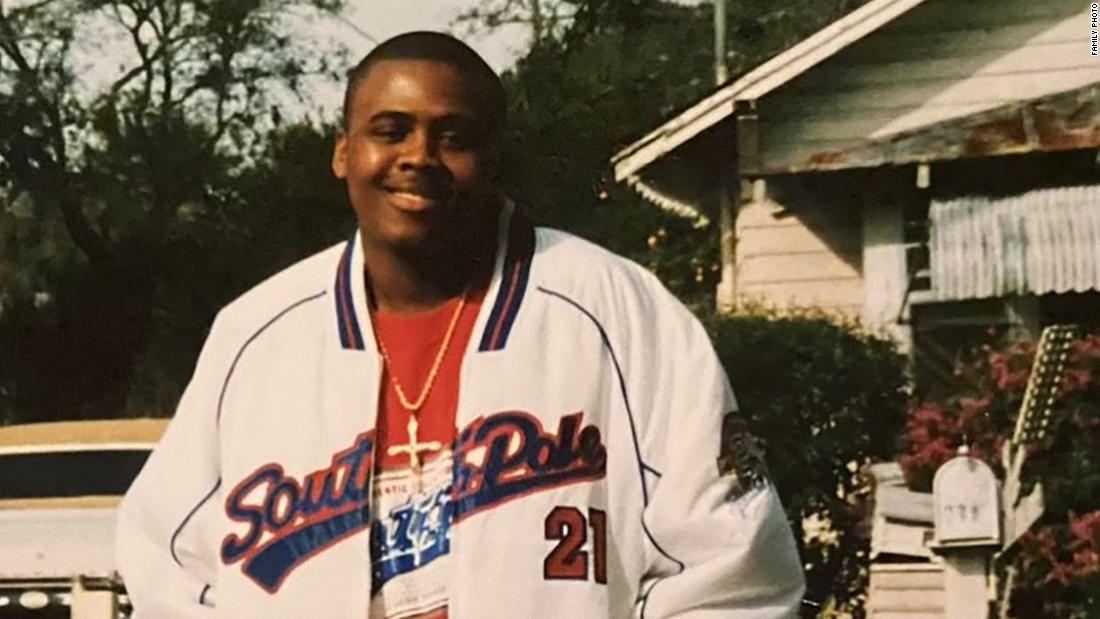A WHITE beluga, long suspected of being a Russian spy, may have been involved in a secret Kremlin mission in the Arctic, a documentary has claimed.
The whale, nicknamed Hvaldimir – a blend of the Norwegian word for whale, “hval”, and Russian President Vladimir Putin‘s first name – was found dead in southern Norway’s Risavika Bay in September.
AlamyHvaldimir may have been involved in a secret mission in the Arctic[/caption]
AFPHe was first found by Norwegian fisherman in 2019 with an odd camera harness[/caption]
EPAThe beluga was suspected of being Vladimir Putin’s ‘spy whale’[/caption]
Hvaldimir, who stood at an impressive 14ft and weighed a staggering 2,700lbs had to be whisked out of the water with a crane.
But the infamous whale’s death didn’t put a halt to the mysteries surrounding its ties with Russia.
It is now thought the beluga may have been guarding Kremlin property in the Arctic, according to a new BBC documentary.
Hvaldimir first gained international attention in April 2019 when he was spotted near the Norwegian island of Ingoya wearing a harness equipped with a mount for a camera.
A buckle on the harness was marked “Equipment St Petersburg”, igniting speculation that he was part of a Russian spy programme.
The documentary, Secrets of the Spy Whale, investigates the mystery behind the whale’s role.
It claims that Hvaldimir may have not been trained for espionage but as a “guard whale” for Russian assets in the Arctic.
Jennifer Shaw, the documentary’s director, told The Observer: “Our latest findings about the potential role that Hvaldimir had been trained to do bring us closer to solving the mystery.
“But they also prompt many further questions about what Russia might be seeking to guard in the Arctic, and why.”
‘GUARD WHALE’ THEORY
The BBC doc explores the possibility that Hvaldimir’s training mirrored Cold War-era marine programmes.
Shaw’s team consulted Blair Irvine, a veteran of a US Navy dolphin programme, who described the use of marine mammals as guards against underwater intruders.
Irvine explained: “Swimmers create bubbles, bubbles cause noise. The dolphin’s hearing is extremely sensitive and in this context it was unfailing.”
The Soviet Union reportedly adopted similar techniques, training dolphins to protect naval fleets by signaling when intruders approached.
Shaw believes Hvaldimir displayed comparable training.
“I saw him placing his nose on anything that resembled a target, which suggests he was trained for security patrols rather than spying,” she said.
Meanwhile Dr Eve Jourdain, a whale expert, described patterns of behaviour she observed while watching Hvaldimir in Hammerfest harbour in 2019.
She told producers that she had witnessed the whale swim straight up to the cameras carried by anyone who attempted to swim close by.
“It was obvious that this particular whale had been conditioned to be putting his nose on anything that looked like a target,” Dr Jourdain said.
HVALDIMIR’S MYSTERY DEATH
Hvaldimir was found dead on September 1, prompting initial speculation that he had been shot.
Hvaldimir’s carcass was spotted floating by unsuspecting fishermen in Risavika Bay, in the Scandinavian country’s south coast.
Suspicious animal rights groups are now looking into if the 14ft whale was actually a victim of foul play and “senselessly murdered” on purpose.
Concerned organisations, OneWhale and NOAH (National Office of Animal Health), say they believe all signs point towards the animal being gunned down.
A police report, both groups claim to have seen, reportedly says Hvaldmir suffered “intentional human-inflicted injury”.
They also say bullet wounds were found on the 1,200kg whale’s corpse.
In a statement regarding the police report, Regina Haug, founder of OneWhale, said: “When I saw his body and the multiple injuries, I immediately knew he had been killed by gunshots.
“I even saw a bullet lodged in his body.
“There is no question that this kind, gentle animal was senselessly murdered.”
Haug and OneWhale had been involved in keeping Hvaldmir protected in recent years.
Jørgen Ree Wiig, Norwegian Directorate of Fisheries via StoryfulA buckle on the harness was marked ‘Equipment St Petersburg’, igniting speculation that he was part of a Russian spy programme[/caption]
Twitter / @emmaluck22Animal rights activists claim the beluga whale was shot dead after it was found dead in September[/caption]
Hvaldimir was said to have enjoyed human company
A BELOVED BELUGA
Over the years, Hvaldimir became a familiar sight along the Norwegian coast, charming locals with his playful and sociable nature.
According to Marine Mind, an organisation focused on marine conservation, the beluga responded to hand signals and appeared to have crossed from Russian waters, where he had likely been held in captivity.
“Hvaldimir was very interested in people and enjoyed interacting with them,” the organization wrote on its website.
The revelations in Secrets of the Spy Whale shed new light on the enigmatic life of Hvaldimir, raising questions about the extent of Russia’s use of marine mammals in its Arctic operations.
While the mystery surrounding his mission persists, the beluga’s story continues to captivate audiences worldwide.
Shaw said: “We knew we wanted to uncover more about the true identity of the whale.
“It’s a mystery that has captivated people around the world.
“But it also gave us an opportunity to explore the history of marine mammal training within the military – something that few people are aware of as it has been steeped in secrecy for decades and many of those who knew the truth are sadly no longer alive.”
Fisherman Joar Hesten pictured with Hvaldimir Published: [#item_custom_pubDate]




















